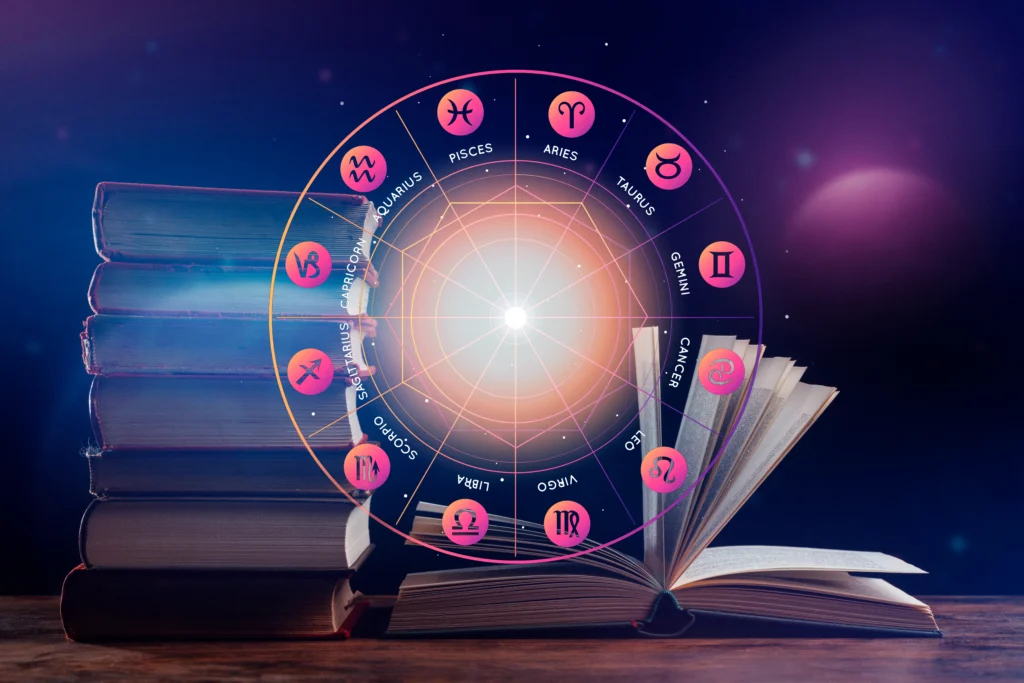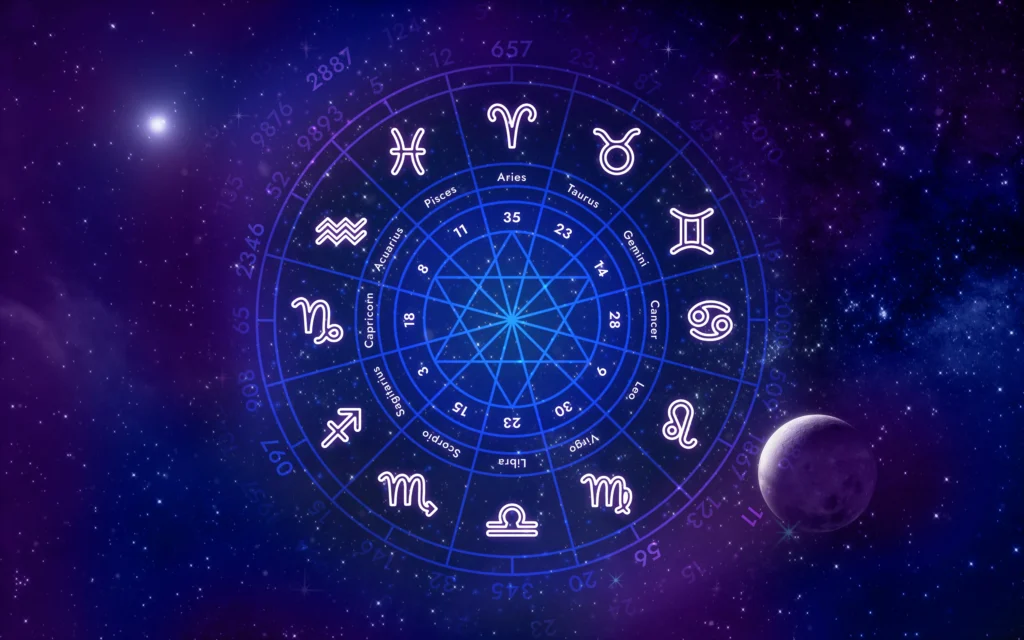Hello Reader!
Welcome to the blog page of Astrology Books, Advanced Astrology Books for Astrologer by Dr. Sohini Sastri a renowned astrologer.
Astrology is a divine science that connects the celestial world with human life. It helps us understand how the movements of planets and stars influence our emotions, health, career, and destiny. As a renowned astrologer in Kolkata, I, Dr. Sohini Sastri, have always believed that astrology is not merely a prediction tool but a path to self-discovery and spiritual awakening. Through my website ‘Astrology Books’, I aim to educate and inspire both beginners and advanced learners by offering a rich collection of resources, including Advanced Astrology Books for Astrologer and insightful articles that serve as a Guide to astrology alike.

Astrology, often called the “language of the stars,” is based on the belief that celestial bodies influence human lives. Every person’s birth chart (or horoscope) is a snapshot of the sky at the moment of their birth. This chart reveals insights about their personality, strengths, weaknesses, and future possibilities.
For those new to astrology, my Guide to astrology provides an essential foundation—helping readers understand how the positioning of planets, stars, and constellations shape astrological interpretation. When you combine this with the wisdom found in Advanced Astrology Books for Astrologer, you develop a deep, holistic understanding of the cosmic forces that shape our lives.
Before diving deep into astrology, one must understand its celestial counterpart—astronomy. A Guide to astronomy allows aspiring astrologers to grasp the scientific structure of the cosmos, including planetary orbits, zodiac constellations, and the movement of celestial bodies.
Astronomy provides the factual basis, while astrology interprets the meaning behind those movements. This balance of science and spirituality forms the foundation of all my teachings and writings, available through Astrology Books, where readers can explore Advanced Astrology Books for Astrologer that bridge both realms beautifully.
The twelve zodiac signs—Aries through Pisces—are the backbone of astrology. Each sign carries unique characteristics and governs specific areas of life. Understanding your zodiac sign helps you connect more deeply with your strengths and challenges.
In my Guide to astrology, I explain how each zodiac sign corresponds to a constellation visible in the night sky. This helps astrology enthusiasts visualize how ancient seers connected cosmic patterns with human nature.
For those wishing to go deeper, my Advanced Astrology Books for Astrologer detail how planetary transits and aspects influence each sign differently, creating a more personalized and precise astrological reading.
Planets are the key players in astrology. Each planet represents specific energies and aspects of life—
Through my Guide to astrology, learners can understand where these planets are positioned in the sky, while my Advanced Astrology Books for Astrologer explain how these placements influence your life journey.
If you’re just beginning your astrological journey, here are a few practical steps:
At my Astrology Books website, beginners can access simple learning materials as well as scholarly texts that help bridge the gap between curiosity and expertise.

True mastery of astrology requires lifelong learning. My Advanced Astrology Books for Astrologer are designed for both practitioners and learners who wish to explore deeper astrological principles, such as:
Each book not only enhances your technical skills but also expands your spiritual understanding, aligning with the knowledge shared in our Guide to astrology for a well-rounded approach to the cosmic sciences.
Planetary positions influence zodiac signs and astrological houses by shaping the characteristics, energies, and life areas associated with an individual’s natal chart. Each planet represents specific traits and energies; its placement within a zodiac sign colors these traits with the sign’s qualities, while its position in a house influences a particular area of life.
Each zodiac sign is ruled or governed by one or more planets that impart distinct qualities to that sign. For instance, Mars rules Aries and gives it active, bold, and impulsive energy; Venus rules Taurus and Libra, lending charm, beauty, and relational harmony. The planet’s nature blends with the sign’s elemental and modal characteristics, influencing personality traits and tendencies.
The astrological chart is divided into 12 houses, each representing a different life domain such as self, wealth, communication, home, relationships, career, and spirituality. When a planet occupies a house, it brings its energy and influence to that life area. For example, Saturn in the 10th house (career) can manifest as discipline, caution, and occasional delays in professional matters due to Saturn’s restrictive nature. Similarly, Jupiter in the 1st house can expand one’s personality, promoting optimism and growth.
The impact of a planet is interpreted through the interplay of the planet’s inherent qualities, the zodiac sign it occupies, and the house it influences. This triad creates a nuanced astrological profile. For example, the position of Venus in Scorpio (a water sign known for intensity) in the 7th house (relationships and partnerships) suggests deep, passionate, and transformative experiences in relationships.
Planets also cast aspects—angular relationships—to other planets or houses, amplifying or challenging their effects. Benefic planets like Jupiter and Venus tend to bring positive growth or harmony, whereas malefic planets such as Mars, Saturn, Rahu, and Ketu often introduce tension or obstacles that drive growth through challenges.
Also Read: Rao’s System of Nadi Astrology

Astrology is not just about predicting the future—it’s about understanding your inner universe. Every planet and star reflects aspects of your own consciousness. My Guide to astrology and Advanced Astrology Books for Astrologer emphasize how self-awareness, meditation, and spiritual alignment enhance accuracy in readings and deepen one’s connection with the cosmos.
When you study astrology with spiritual intent, it transforms your perception of life, relationships, and destiny. This holistic approach is what makes astrology both a science and an art.
The main differences between Vedic (Jyotish) and Western astrology stem from their foundational principles, calculation methods, chart construction, and cultural context. Vedic astrology uses the sidereal zodiac, which aligns with the actual constellations, while Western astrology uses the tropical zodiac, based on Earth’s seasonal cycles. This leads to differing zodiac sign placements for individuals in each system, often resulting in “sign shifts” when comparing charts.
| Aspect | Vedic Astrology (Jyotish) | Western Astrology |
| Zodiac System | Sidereal (actual star/constellation positions) | Tropical (seasonal, fixed to equinoxes/solstices) |
| Chart Shape | Typically a square or diamond shape | Circular charts |
| Focus | Predictive, karmic, events and future timelines | Psychological, personality traits, inner growth |
| Planetary Bodies | Includes shadow nodes Rahu & Ketu, traditional visible planets | Includes Uranus, Neptune, Pluto; omits nodes as planets |
| Calendar Base | Lunar calendar; focus on Moon and Nakshatras (lunar mansions) | Solar-based calendar; focus on Sun sign, solar cycles |
| Houses | Whole sign houses; equal 30-degree segments | Multiple house systems, not necessarily equal sized |
| Remedies | Suggests karma-balancing remedies, rituals, gemstones | Focuses more on self-reflection, less on remedial action |
| Elements | Tridosha (Vata, Pitta, Kapha) system in some interpretations | Four elements: Air, Fire, Water, Earth |
| Cultural Roots | Deeply rooted in Hindu scriptures, Indian spiritual tradition | Greek mythology, Western philosophical frameworks |

Transits and progressions are key predictive tools in astrology, shaping how planetary energies influence both day-to-day and long-term developments in your life.

Practical exercises to learn planetary meanings in astrology focus on applying theoretical knowledge to actual charts and observations. Here are some effective exercises to deepen understanding:
Astrology opens the door to a world of cosmic wisdom. Whether you are a beginner exploring your zodiac sign or an experienced practitioner aiming to refine your skills, understanding the fundamentals is essential.
At Astrology Books, I, Dr. Sohini Sastri, provide the perfect balance of simplicity and depth through my writings. My Guide to astrology helps you see the celestial order, while my Advanced Astrology Books for Astrologer take you deeper into the spiritual and predictive dimensions of astrology.